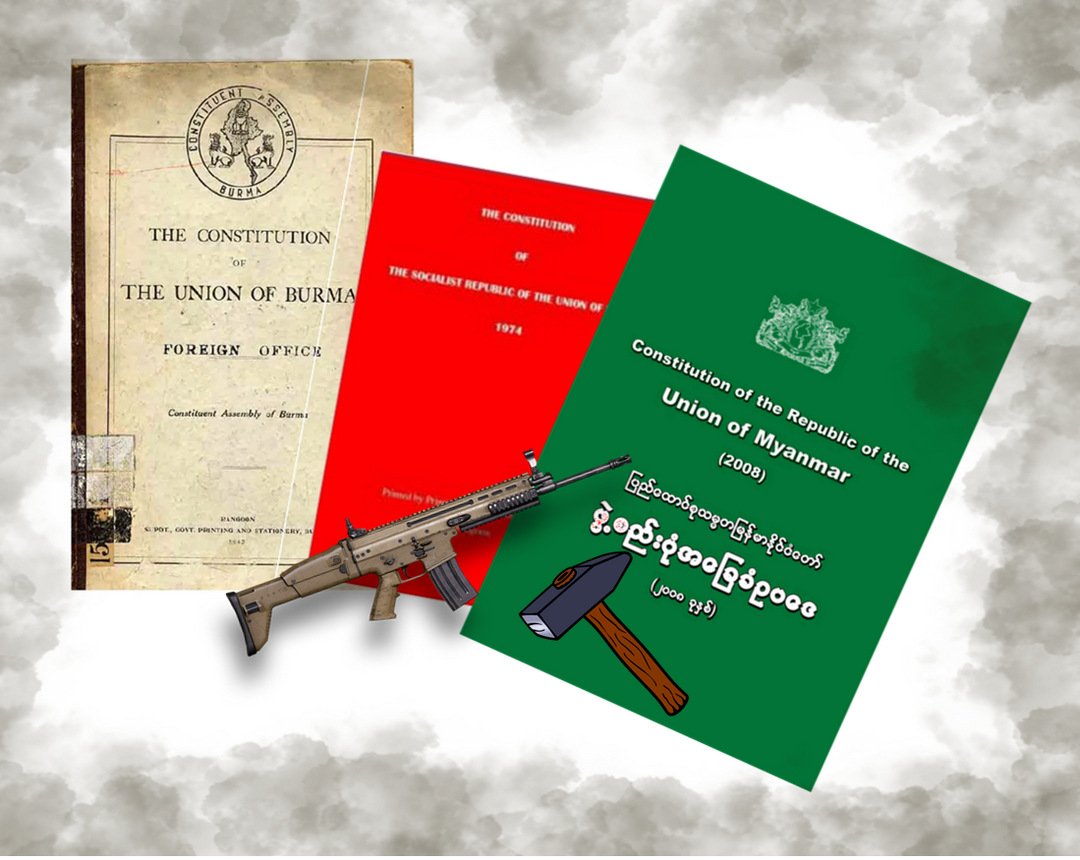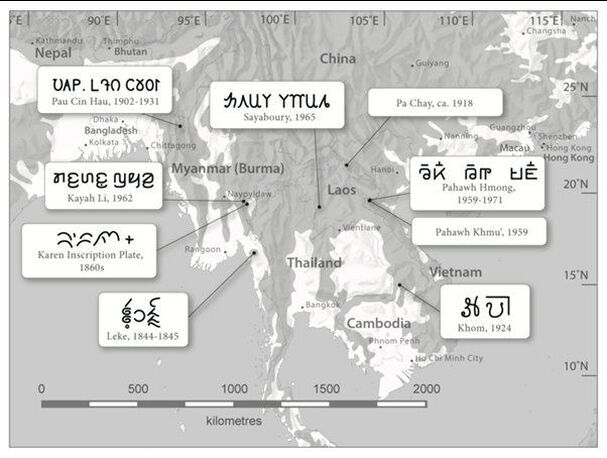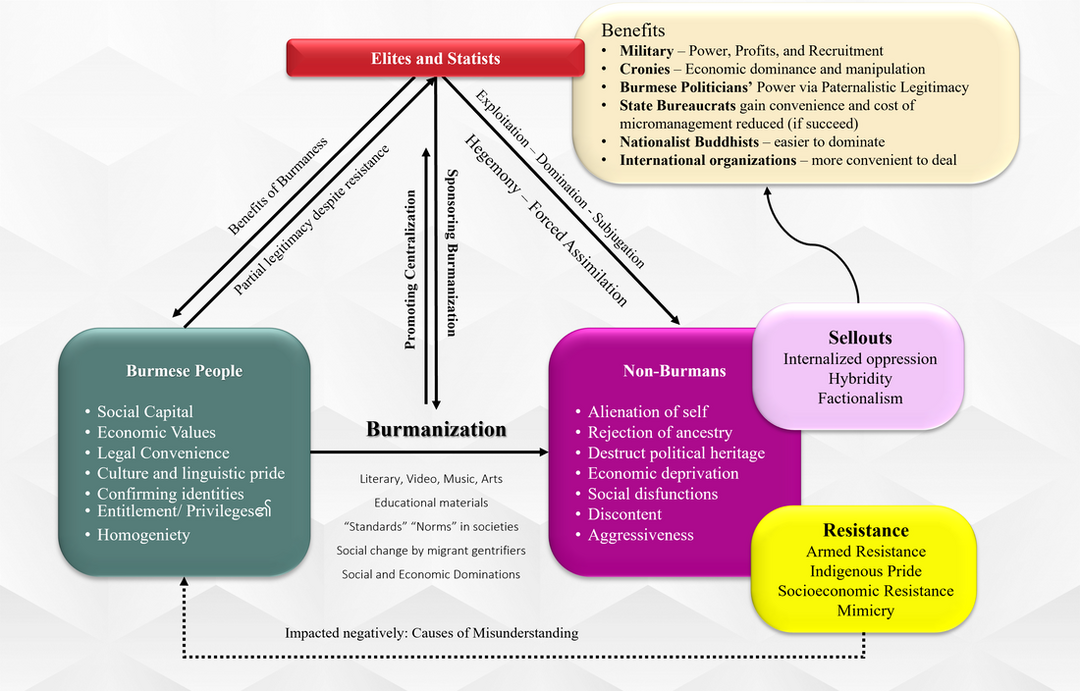- Published on
Many interpretations of "democracy" exist today, and its practical challenges are often overlooked. Instead of romanticizing the word "democracy" and relying solely on the outcome of votes, imagine a political system where thoughtful dialogue and debate among community members drive decisions. This is the core of deliberative democracy. Let's imagine a model that prioritizes collective reasoning and informed consent over simple majority rule. Let us expand our democracy beyond voting to include debates, dialogues and discussions among the people.
When citizens gather as equals to exchange reasons, weigh evidence and navigate disagreement, they engage in something profoundly different from mere preference aggregation. This deliberation process must honors the complexity of public issues by cultivating spaces where diverse perspectives can be articulated, challenged, and refined.
Think of Rousseau's concept of the General Will. Rousseau distinguished between the mere "will of all"—the sum of individual preferences—and the General Will that emerges when citizens deliberate with the common good in mind. "The General Will alone," Rousseau argued, "can direct the State according to the object for which it was instituted." In this interpretation, deliberative democracy might be understood as offering practical mechanisms for discovering this elusive General Will through structured, inclusive dialogue.
Similarly, John Rawls argued that "public reason" provides theoretical underpinning for deliberative approaches. Rawls envisioned citizens engaging in public dialogue by offering reasons that others could reasonably accept, rather than simply advancing claims grounded in their particular comprehensive doctrines. His famous "veil of ignorance" thought experiment—asking us to design principles of justice without knowing our future social position—represents a deliberative ideal that pushes beyond narrow self-interest toward more impartial reasoning.
Our contemporary democratic systems, however, suffer from a troubling short-sightedness. Polarizing electoral mechanisms, with their predictable cycles and emphasis on immediate results, systematically privilege short-term thinking for many people. This "democratic myopia" often renders our governance structures peculiarly flawed to address long-horizon challenges like climate change or intergenerational justice. The majoritarianism also left out the consent of the lost. The political discourses polarize the people and create a soft war within.
When elected officials operate with one focus perpetually on the next election, how can they adequately represent those whose voices remain unheard. Future generations, distant populations, or even non-human species affected by our decisions are left out as well. Deliberative processes offer a potential remedy by creating spaces where participants can temporarily step back from immediate interests to consider more expansive timeframes and communities.
The process of deliberation typically unfolds through several interconnected phases. Communities first identify and frame the issues warranting collective attention—a process that itself benefits from inclusive participation. Information sharing follows, drawing on diverse knowledge sources from expert testimony to lived experience. The heart of the process lies in the ensuing discussion, where participants articulate perspectives, challenge assumptions, and collectively reason toward decisions that reflect their deepened understanding.
Consider how this may play out in citizens' assemblies, where random community members convene over extended periods to deliberate on complex issues. In Ireland, a citizens' assembly helped break decades of political deadlock on abortion rights by creating space for nuanced discussion outside the polarized rhetoric of electoral politics. The recommendations were later endorsed by national referendum. It may be seen as a promising example of how deliberative forums can sometimes navigate contentious terrain more successfully than traditional political institutions. There are other examples, but I think that we got the point.
The deliberative approach fundamentally reimagines citizens' role in governance. Rather than occasional voters or passive recipients of policy, community members become active co-creators of public decisions. This transformation asks more of citizens—requiring time, engagement, and openness to changing views—but also offers more: a deeper form of political agency and connection to one's community.
This vision of active citizenship recalls Rousseau's assertion that freedom comes not from the absence of constraint but from living under laws one has helped author. "The people being subject to the laws," he wrote, "ought to be their author: the conditions of society ought to be regulated solely by those who come together to form it." Deliberative processes embody this principle by making citizens genuine authors of collective decisions, not merely their subjects.
We would be remiss, however, to present deliberative democracy as a panacea without acknowledging its considerable challenges. The deliberative struggle of equal participation collides with stubborn realities of power imbalance, resource constraints, and social inequality. Even in carefully designed forums, certain voices may dominate while others remain marginalized, reproducing rather than remedying existing power disparities.
Reaching meaningful consensus presents another formidable challenge. As societies grow more diverse in values and worldviews, finding common ground becomes increasingly difficult. Here, Rawls's notion of "overlapping consensus" offers a promising direction—suggesting that citizens with different comprehensive doctrines might nonetheless converge on political principles they can affirm for different reasons.
The resource-intensive nature of deliberation raises questions of scale and sustainability. How might deliberative approaches, which typically flourish in smaller settings, address issues requiring national or global coordination? Digital technologies offer intriguing possibilities for expanding deliberative reach, though they bring their own complications regarding access, authenticity, and the quality of exchange.
Despite these challenges, deliberative democracy offers something our political systems desperately need. I mean spaces for collective reflection amidst the noise of modern politics. By reasoned decision-making and creating structured opportunities for listening and learning, deliberative processes can help restore the declining capacity to reason together about our common future. Deliberative democracy doesn't claim perfect outcomes or uncontested truths. Rather, it suggests that decisions improved through inclusive dialogue, while still fallible, carry a legitimacy and wisdom that undeliberated decisions typically lack.
But there is a nuance. Think of deliberation as a lively space where we find ways to cooperate even with different opinions. It is not a place of sermons or producing truths. We don't need everyone to become the same; it's about different groups strategically agreeing on shared goals and ways to communicate so we can all move forward without losing our unique aspirations and our identities. This approach, although seeking to gather people as equals, must also recognize that we are all different and that power isn't always equal. So, when we discuss, we should always ask ourselves the following questions. Who is really being heard? How are we making decisions? And are we making things fairer for everyone? Whom was left out? Deliberative democracy must actively disrupt dominance e.g. active inclusion of marginalized voices. Otherwise, it risks replicating the hierarchies it seeks to replace. Only by being this thoughtful can talking things out help us create a community that respects everyone's differences and is fairer for all.
Might deliberative approaches offer not just a theoretical ideal but a practical necessity? Perhaps the path toward more responsive governance lies not in abandoning our democratic commitments but in reimagining how those commitments are realized through creating spaces where citizens can practice the art of thinking together about the world they share, apply their agency and promise together to create.


